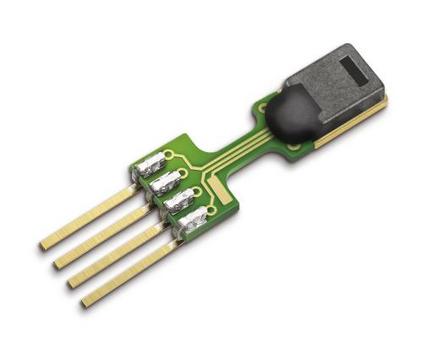The paper presents a receding horizon planning and control strategy for quadrotor-type \ac{mav}s to navigate reactively and intercept a moving target in a cluttered unknown and dynamic environment. Leveraging a lightweight short-range sensor that generates a point-cloud within a relatively narrow and short \ac{fov}, and an \acs{ssd}-MobileNet based Deep neural network running on board the \ac{mav}, the proposed motion planning and control strategy produces safe and dynamically feasible \ac{mav} trajectories within the sensor \acs{fov}, which the vehicle uses to autonomously navigate, pursue, and intercept its moving target. This task is completed without reliance on a global planner or prior information about the environment or the moving target. The effectiveness of the reported planner is demonstrated numerically and experimentally in cluttered indoor and outdoor environments featuring maximum speeds of up to 4.5-5~m/s.
翻译:本文展示了一种反向地平线规划和控制战略,用于在模糊的未知和动态环境中被动地导航和拦截移动目标。利用一个在相对狭窄和短的\ac{fov}内产生点球的轻量短程传感器,以及运行在\ac{mav}上运行的基于acs{sd}-MobileNet的深神经网络,拟议的运动规划和控制战略在传感器中产生安全和动态可行的轨迹,该传感器用于自动导航、追逐和拦截其移动目标。完成这项任务时不依赖于全球规划器或关于环境或移动目标的先前信息。所报告的规划器在封闭的室内和室外环境中的有效性在数字上和实验上得到了证明,其最大速度为4.5-5-m/s。



